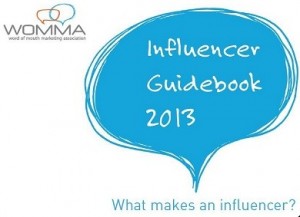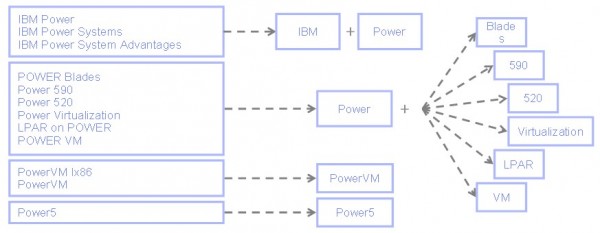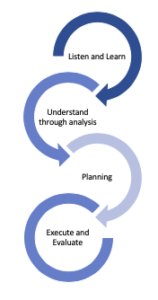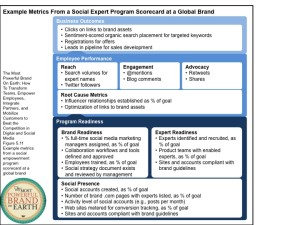Stimulating young women leaders by increasing their understanding of personal internet reputation management and social media analytics.
I recently had the opportunity to partake in a rewarding opportunity. In partnership with Institute for Learning & Performance Improvement, College of Education at Wayne State University, I volunteered my time and social business expertise as part of IBM’s Corporate Citizen Initiative to present at Camp Moxie, a summer camp, sponsored by Girl Scouts of America.
It’s not just a summer camp though, it’s much more! It’s a leadership adventure for girls who want to make a difference in the world! At camp, girls explore their interests and talents, build confidence, and strengthen leadership skills. They make lasting personal friendships while cultivating valuable professional relationships. Girls develop leadership skills by participating in exciting, interactive, hands-on workshops and activities facilitated by local women leaders in business, philanthropy, and elected office.
I prepared this presentation, which was intended to stimulate their understanding & interest social entrepreneurism, personal reputation management and social media analytics.
Using myself as an example, campers learned about visual rendering of data, how it can increase knowledge, communication and help shape your personal brand. In a workshop which followed, they were provided the opportunity to analyze basic social network structures and understand their implications. As well as explore the complexity and reach of digital communications, while recognizing how to apply social media to increase awareness of issues relevant to their lives.
This community outreach opportunity allowed me to live a few of IBM’s Values and practices, including:
- Put the client first. With an audience of 150+ teenage girls from 12-17 yrs., I weaved throughout this talk relevant points to them (from following and tweet to Justin Bieber to SnapChatting with their friends) as I spoke, while also bridging to the future which is not far off, such as preparing for graduation and potentially college.
- Think, Prepare, Rehearse. As I prepared my presentation, I thought through my material from the vantage point of my audience (luckily I have my own children in this same age bracket, so I had plenty of first hand understanding of how they use social networks and what they expect from it). I prepared for the evening with a few key objectives in mind. I wanted the girls to be inspired and take these messages of empowerment away after the session:
- I pulled together a story based on the notion of “your regulation proceeds you”
- Understand that every interaction is public and can be mined and analyzed
- You’re empowered! Use it for GOOD, anything is possible!
- And last, but not least, There are women leaders everywhere! Will you become one? ~ Thanks for the inspiration Ginni!
- Share Expertise. I’m so fortunate to have open leadership, which encourages sharing our passions and expertise. This opportunity not only benefited me through sharing my passion and helping to teach and demonstrate my expertise, it also helped 150+ teens think about their digital reputation and what it means in shaping their character. Many, with eyes wide open, thought about this for the very first time!
I would like to thank the Wayne State staff at the Learning & Performance Improvement, College of Education at Wayne State University who made this possible, especially: Dr. Kenneth Chelst, Monica Tracey and Ingrid Guerra-Lopez






